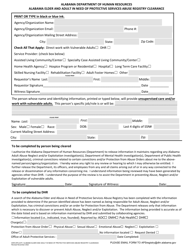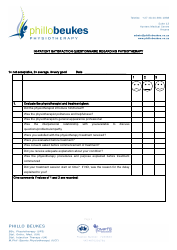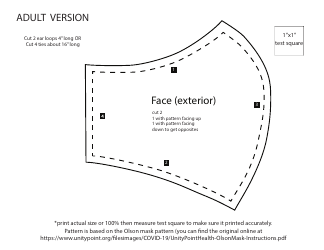Vte Prophylaxis Protocol Template - Adult in-Patients
The Vte Prophylaxis Protocol Template - Adult in-Patients is used to guide healthcare professionals in preventing blood clots (venous thromboembolism) in adults who are admitted to the hospital. It provides a standardized approach for assessing the risk of blood clots and recommending appropriate preventive measures.
FAQ
Q: What is VTE prophylaxis?
A: VTE prophylaxis stands for venous thromboembolism prophylaxis. It is a preventive measure to reduce the risk of blood clots in veins.
Q: Who requires VTE prophylaxis?
A: VTE prophylaxis is recommended for adult patients who are admitted to the hospital and have an increased risk of developing blood clots.
Q: What is the purpose of a VTE prophylaxis protocol?
A: The purpose of a VTE prophylaxis protocol is to provide a standardized approach in determining the appropriate preventive measures for each patient.
Q: What are some common VTE prophylaxis methods?
A: Common VTE prophylaxis methods include the use of blood thinners (anticoagulants), compression stockings, and early ambulation.
Q: How is VTE prophylaxis determined for adult in-patients?
A: VTE prophylaxis for adult in-patients is determined based on individual risk factors such as surgery type, immobility, and previous history of blood clots.
Q: Are there any contraindications to VTE prophylaxis?
A: Yes, there are some contraindications to VTE prophylaxis, such as active bleeding, certain medical conditions, or allergy to the prescribed medications.
Q: Who is responsible for implementing the VTE prophylaxis protocol?
A: The healthcare team, including physicians, nurses, and pharmacists, is responsible for implementing the VTE prophylaxis protocol.
Q: What should patients do if they have concerns about VTE prophylaxis?
A: Patients should communicate their concerns and questions to their healthcare provider for further clarification and guidance.
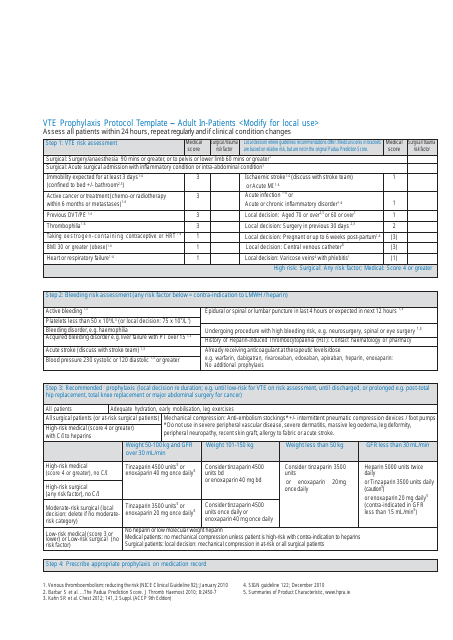




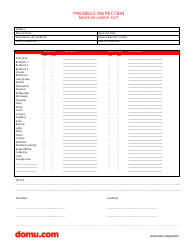
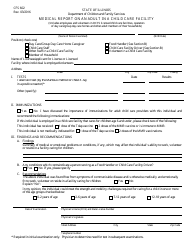

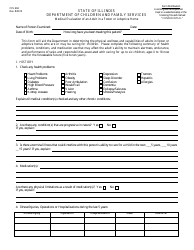
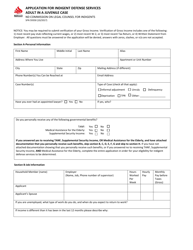
![Document preview: Form BMV2438 Eligible Adult in Loco Parentis Affidavit (Ohio Revised Code [r.c.] Section 4507.05, 4507.21) - Ohio](https://data.templateroller.com/pdf_docs_html/2172/21725/2172569/form-bmv2438-eligible-adult-in-loco-parentis-affidavit-ohio-revised-code-r-c-section-4507-05-4507-21-ohio.png)




